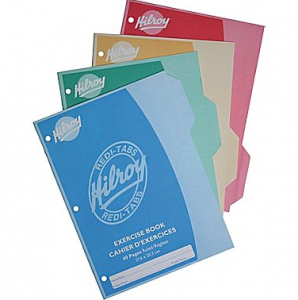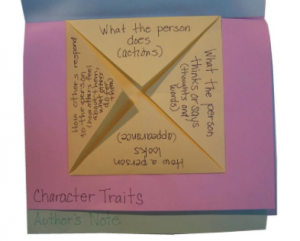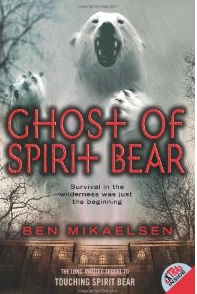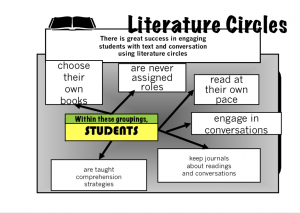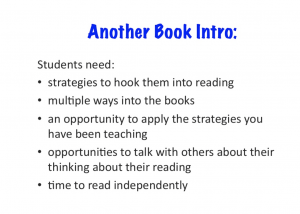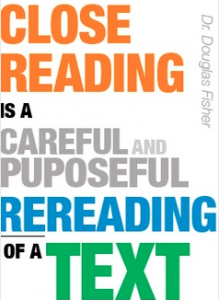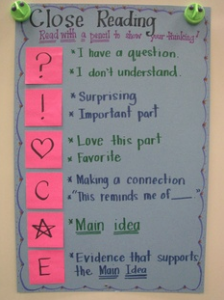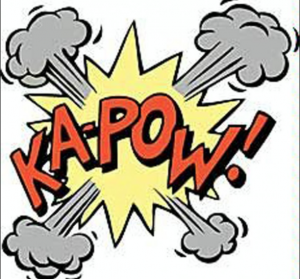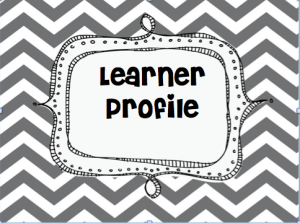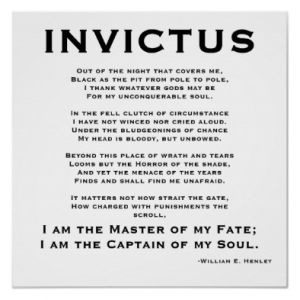We Can’t All Be Teachers of Reading!
We Can’t All Be Teachers of Reading!
I swear, if one more person tells me that we should all be teachers of reading, I might lose my mind! Now, do not get me wrong! I am all for teaching literacy skills all the way through all the grades. I am a card carrying, flag waving member of the International Literacy Association (2000) and wholeheartedly agree “adolescents deserve nothing less than a comprehensive effort to support their continued development as readers and writers. ”
I also fully understand that adolescents entering the adult world in the 21st century will read and write more than at any other time in human history….therefore continued instruction in complex literacy skills MUST continue beyond the early years (ILA Position Statement, 2000). Where I struggle is that I also agree with Einstein that the definition of insanity is doing the same thing over and over again and expecting a different result (Apparently Einstein did not actually say that but I still really like it!) We have been told time and again that we are all teachers of literacy, yet our attempts to replicate general literacy practice has made little to no headway in senior level content classes.
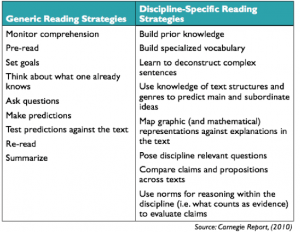
Perhaps, instead, we need to look at general literacy practice and connect that to the specific discipline in which we are actually experts. Perhaps the tools we need to provide for our students are the discipline specific tools necessary to read and understand the complex and diverse texts required in their academic life. For example, how I want a student to read and comprehend a poem is quite different from how a science teacher wants a student to pull information out of a diagram, or a math teacher wants a student to analyze and synthesize the information pertaining to an equation. This is ALL reading, but the strategies and tools to access the reading are really quite specific.
As a content area teacher, begin by asking yourself “What are the specific literacy tasks I want students to be able to perform?” Long gone are the days that we can “pass and pray” – in essence, pass out text books and pray that students can read them! To ensure that our students will be successful in the knowledge based 21st century, we must provide them with the skills to access content area literacy tasks, and continued instruction in complex, discipline specific, literacy strategies. We are not all reading teachers.Instead we are experts in a specific discipline and thus have the necessary understanding to provide our students with tools that they need to “read like a scientist, a historian,a mathematician.” These are the complex tools that content area secondary teachers can bring to their classrooms.
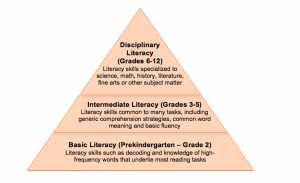
References
Allington, RL (2002). You can’t learn much from books you can’t read. Educational Leadership, 60(3), 16-19.
Carnegie Corporation (2010). Reading in the Disciplines: The Challenges of Adolescent Literacy.
International Literacy Association (2000). Position Statement.
Fisher, D & Fry, N. (2013). Text Complexity and Close Readings. IRA E- ssentials. Internation Reading Association.
Shanahan, T. & Shanahan, C. (2013). What is Disciplinary Literacy and Why Does it Matter? University of Illinois at Chicago.


